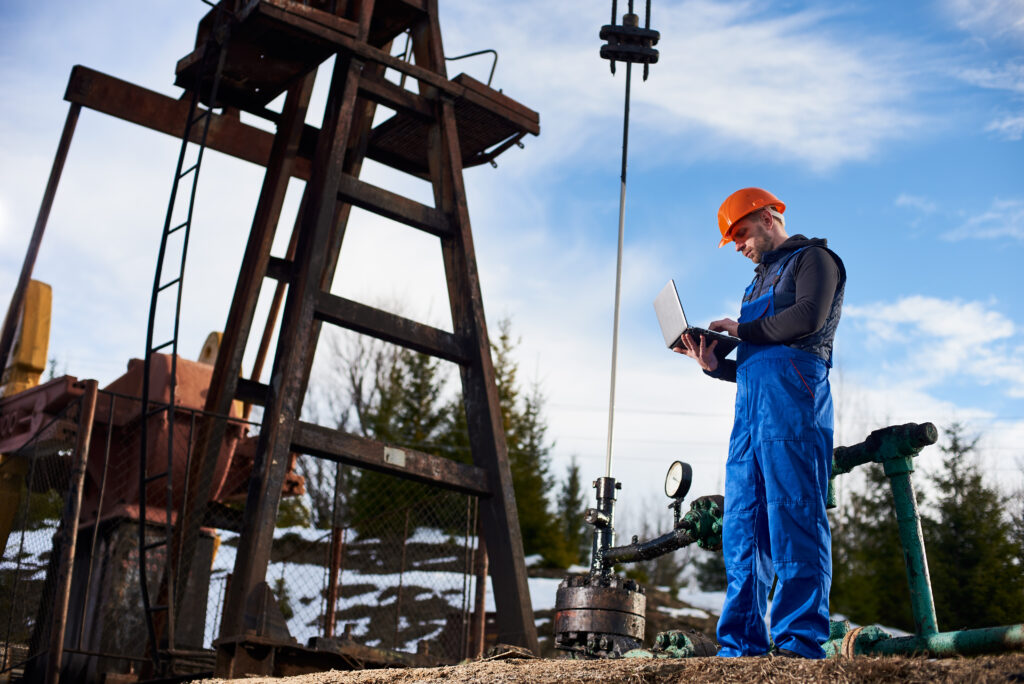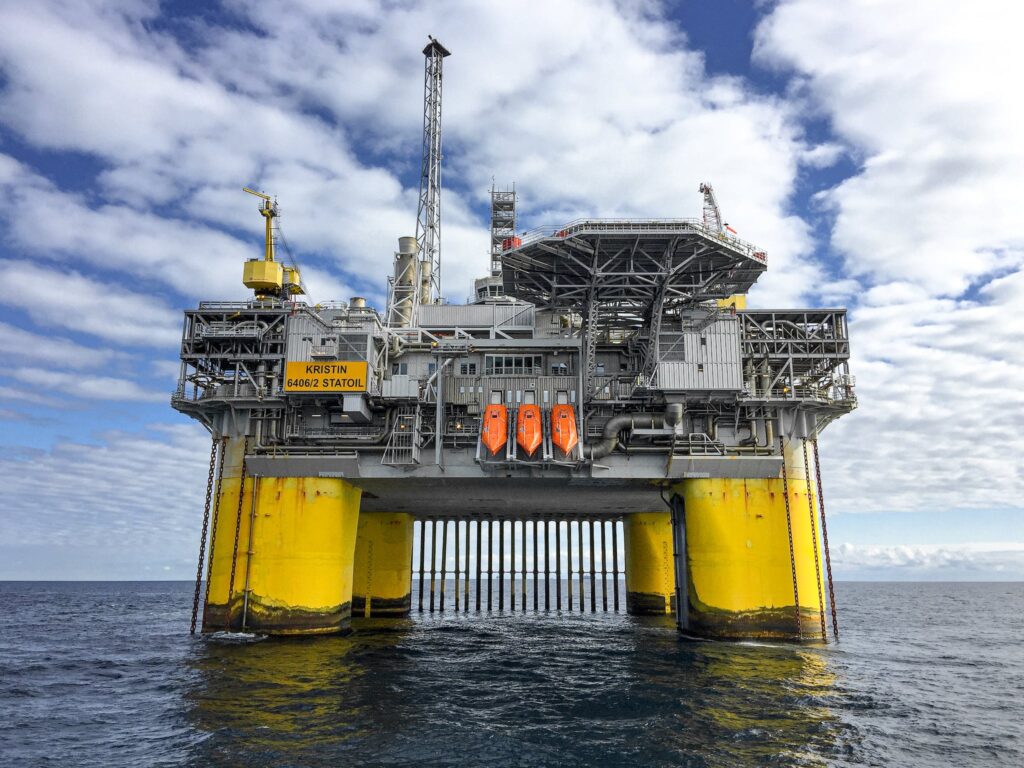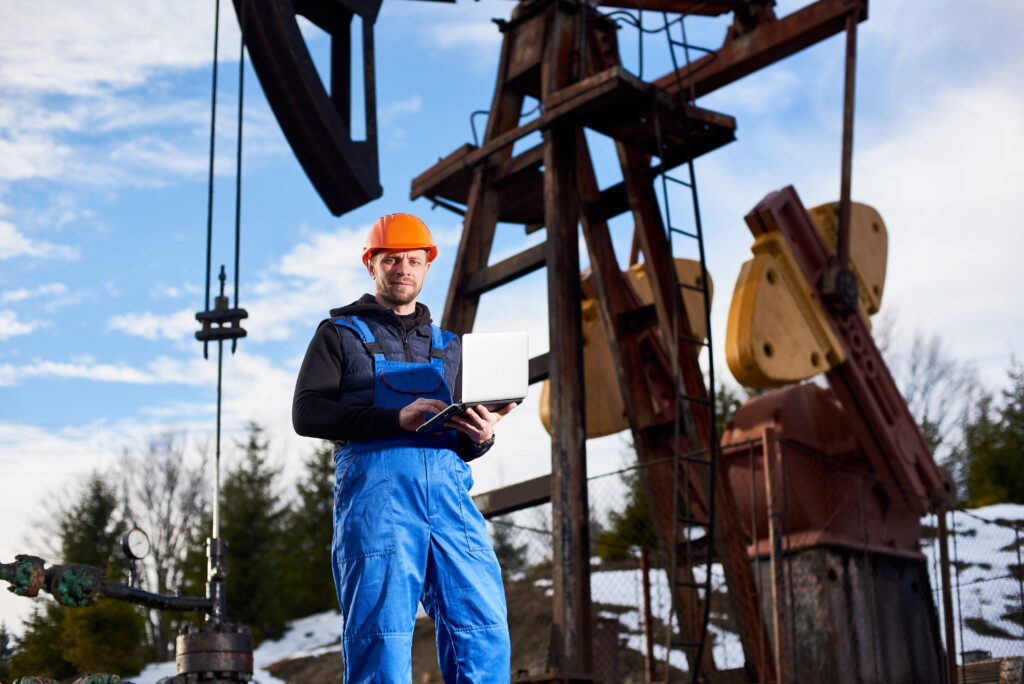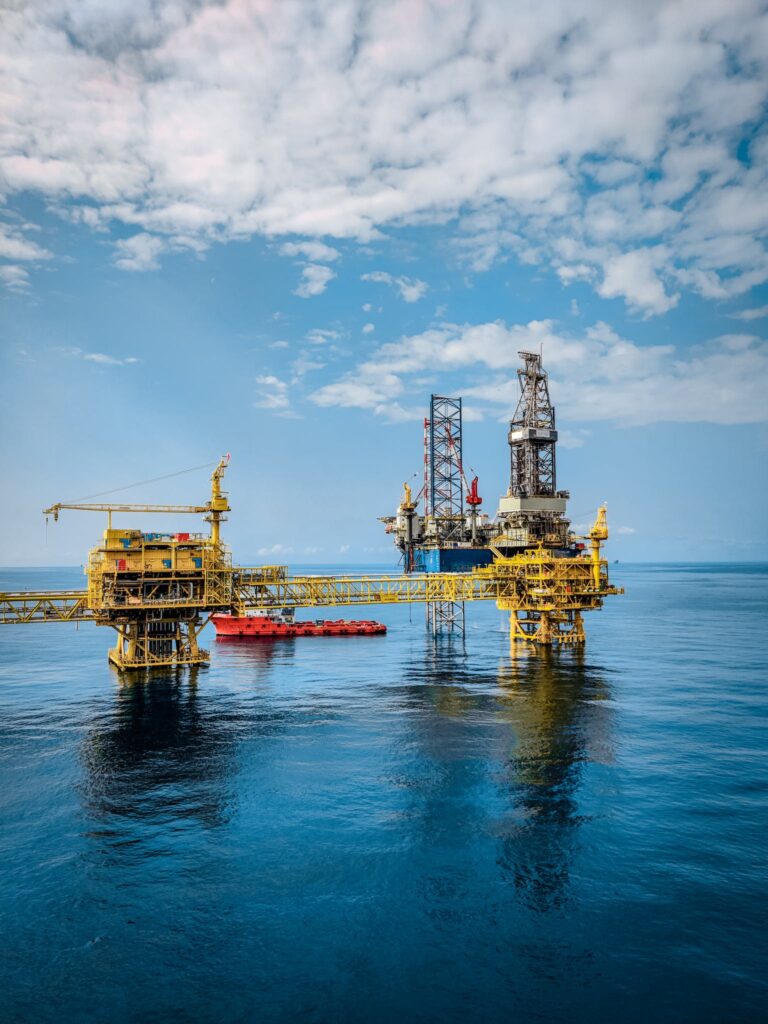Oil rigs are complex industrial facilities located onshore and offshore, and they pose significant risks to the environment and the people working on them. Ensuring oil rig safety requires a multi-faceted approach, with one critical aspect being equipment inspection and maintenance.
This article will delve into the essential practices and procedures that oil rig operators must follow to guarantee the safety of their rigs and the people who operate them.
Importance of Oil Rig Safety
Oil and gas are integral components of our modern world, powering industries and driving economies. However, the extraction of these valuable resources is not without risks, particularly when it comes to working on oil rigs.
Each day, thousands of workers put their lives on the line to ensure the production of oil, gas, and other important resources. Oil rig safety is crucial for the workers on site, the environment, and surrounding communities.
The importance of implementing proper safety regulations cannot be overstated. It not only saves lives but also reduces the likelihood of catastrophic events such as oil spills or explosions. It is our duty to ensure that our oil rig safety measures are top-notch. Ignoring this important issue could have dire consequences for our future.
1.Safety Training
Before conducting equipment inspections on an oil rig, all personnel must receive proper safety training. This training includes understanding the risks involved, safety protocols, and the correct use of safety gear. Workers must also be trained to identify potential hazards and report them promptly. Proper training is crucial for creating a safety-conscious work culture on the rig. It also ensures that workers are equipped with the necessary knowledge and skills to effectively carry out their duties.
2. Inspection Tools
Adequate inspection tools are essential for a thorough examination of the rig’s equipment. These tools can range from basic handheld instruments to advanced technologies such as drones and remotely operated vehicles (ROVs).
3. Safety Gear
Safety gear, including personal protective equipment (PPE), is mandatory for all personnel on the rig. This includes hard hats, safety glasses, gloves, and more. Proper safety gear helps prevent accidents and injuries.
Equipment Inspection Procedures for Oil Rig
1. Topside Equipment
When it comes to inspecting an oil rig, topside equipment is a crucial aspect that cannot be overlooked. These components play a key role not only in the drilling process but also in ensuring the safety of workers and the environment. From drilling derricks to cranes, from BOP (blowout preventer) control systems to mud pumps, every piece of topside equipment must be inspected thoroughly to detect any signs of wear and tear or malfunction.
2. Subsea Equipment
Subsea equipment, including wellheads and pipelines, is equally important.
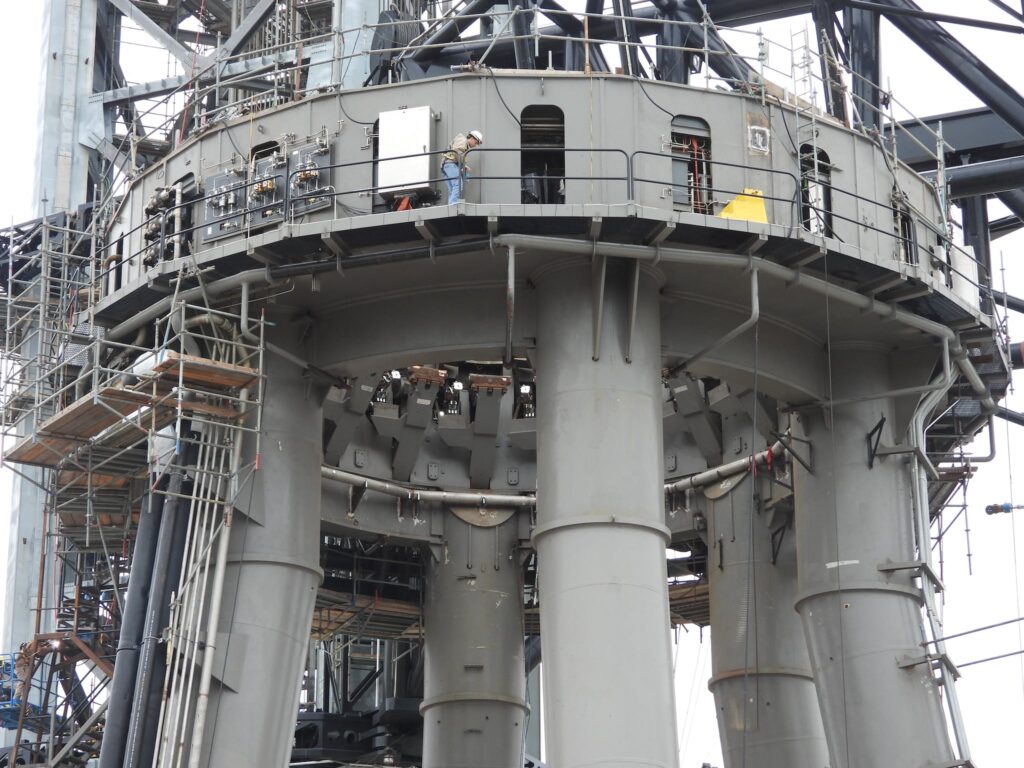
Divers or remotely operated vehicles (ROVs) are often used to inspect these components for integrity and safety. Regular inspections can help identify potential issues and prevent costly equipment failures or environmental disasters.
1. Preventive Maintenance
Preventive maintenance involves regular checks and repairs to prevent equipment breakdowns. This includes lubrication, cleaning, and calibration of machinery.
2. Corrective Maintenance
When issues are identified during inspections, corrective maintenance is required. This may involve replacing faulty components or conducting more extensive repairs.
3. Environmental Considerations
Oil rig operations can have a significant impact on the environment. Therefore, safety measures should include environmental protection, such as spill response plans and waste management procedures.
4. Regulatory Compliance
Oil rigs must comply with many regulations to ensure safety. Compliance involves adhering to local, national, and international standards, and the consequences for non-compliance can be severe.
Role of FAT FINGER in Oil Rig Safety
FAT FINGER that helps operators streamline their inspection processes and identify potential issues before they become major problems in oil rig. By helping to identify human error and equipment malfunctions, FAT FINGER can greatly improve safety on oil rigs.
FAT FINGER features include:
- Automated inspections and data collection
- Real-time alerts for potential hazards or equipment malfunctions
- Detailed reporting and analysis for proactive maintenance planning
By utilizing technology like FAT FINGER, oil rig operators can improve safety, reduce downtime, and ultimately increase productivity.
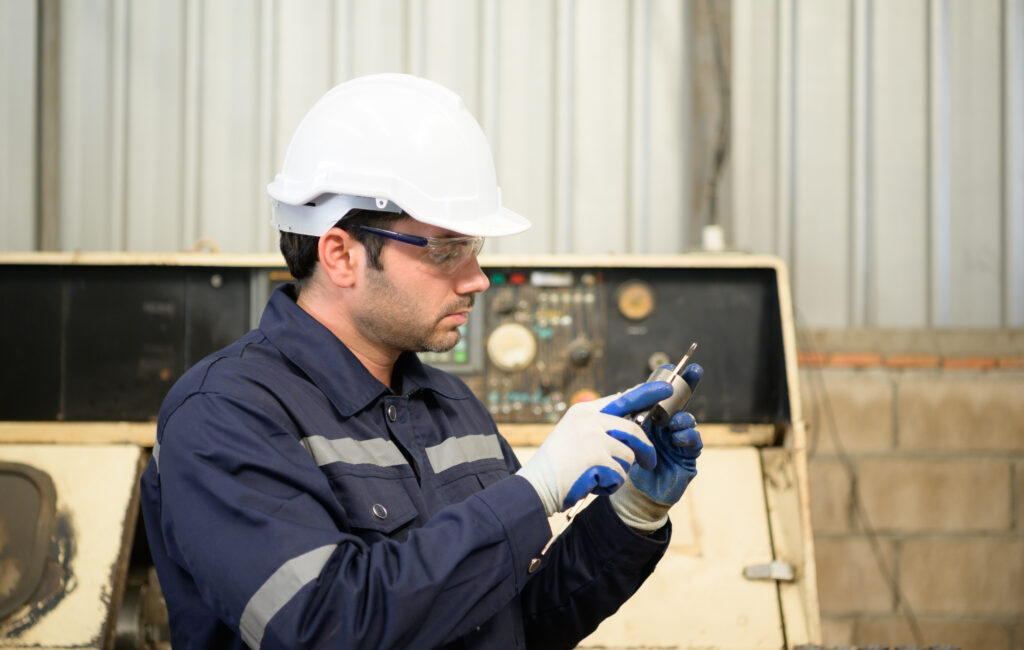
To learn more about how FAT FINGER can enhance the safety and productivity of your oil rig operations, visit our website or schedule a demo today.
About FAT FINGER
Ensure front-line teams do their work correctly every time. Drag & drop digital procedures that unlock operational excellence.
In seconds anyone can build and deploy enterprise-grade mobile applications using an easy drag-and-drop no-code builder.
FAT FINGER uses machine learning to coach app users in real-time to make safer and improved decisions.
Try building your digital procedure on FAT FINGER for free @ www.fatfinger.io


